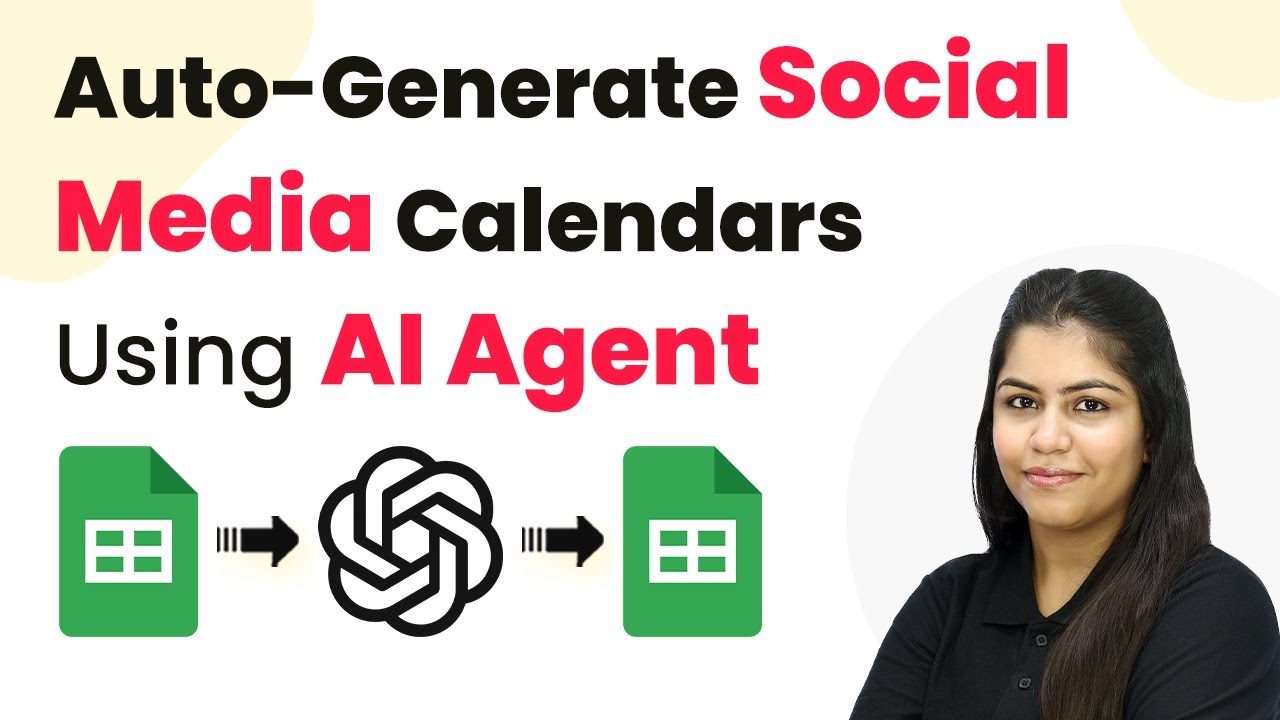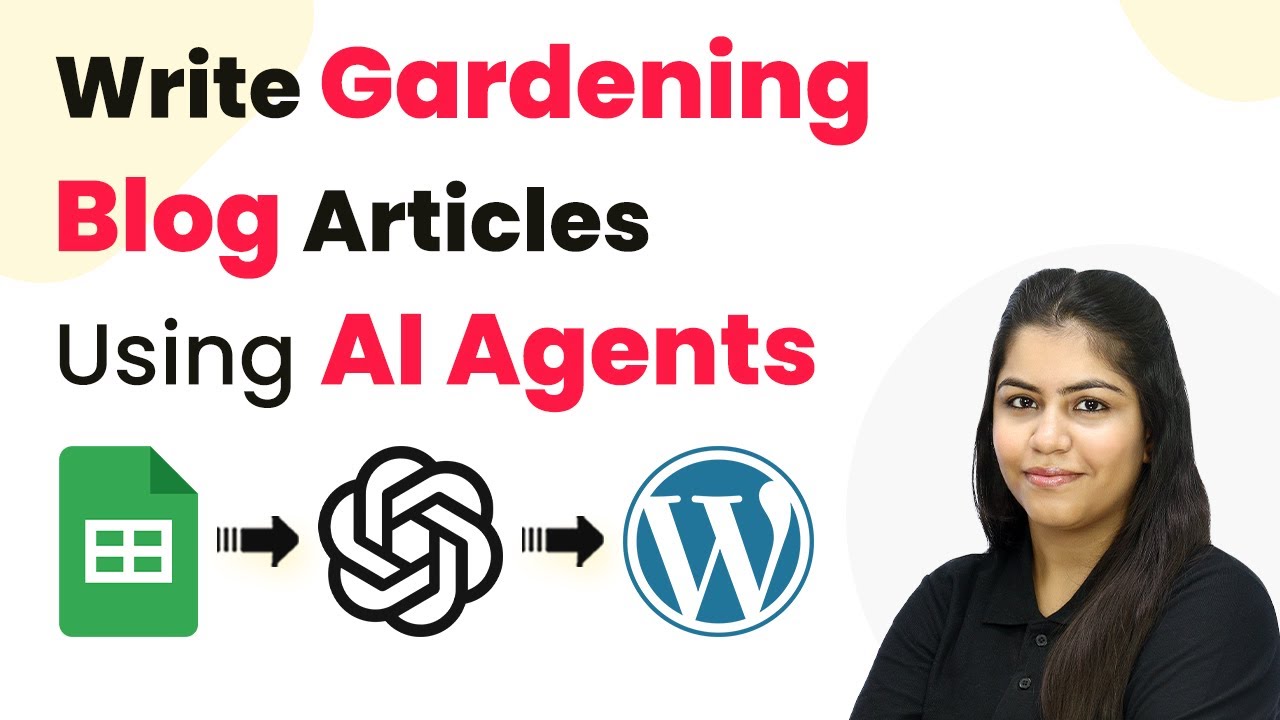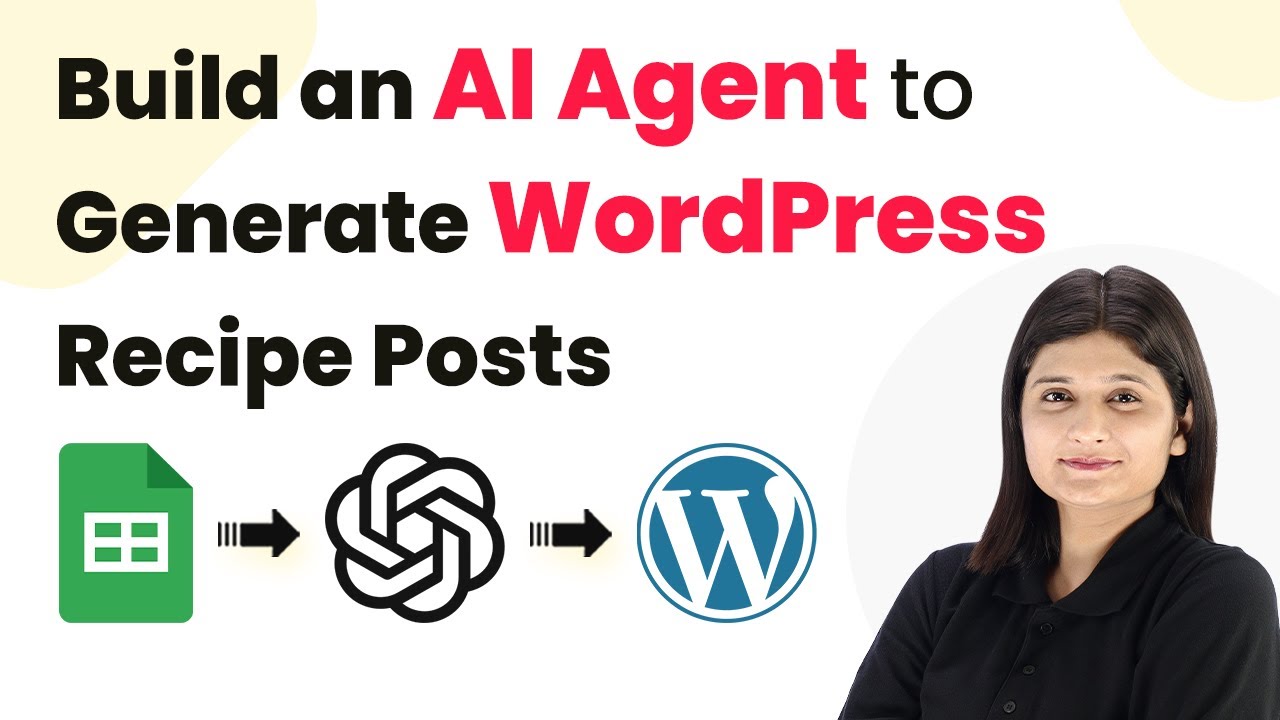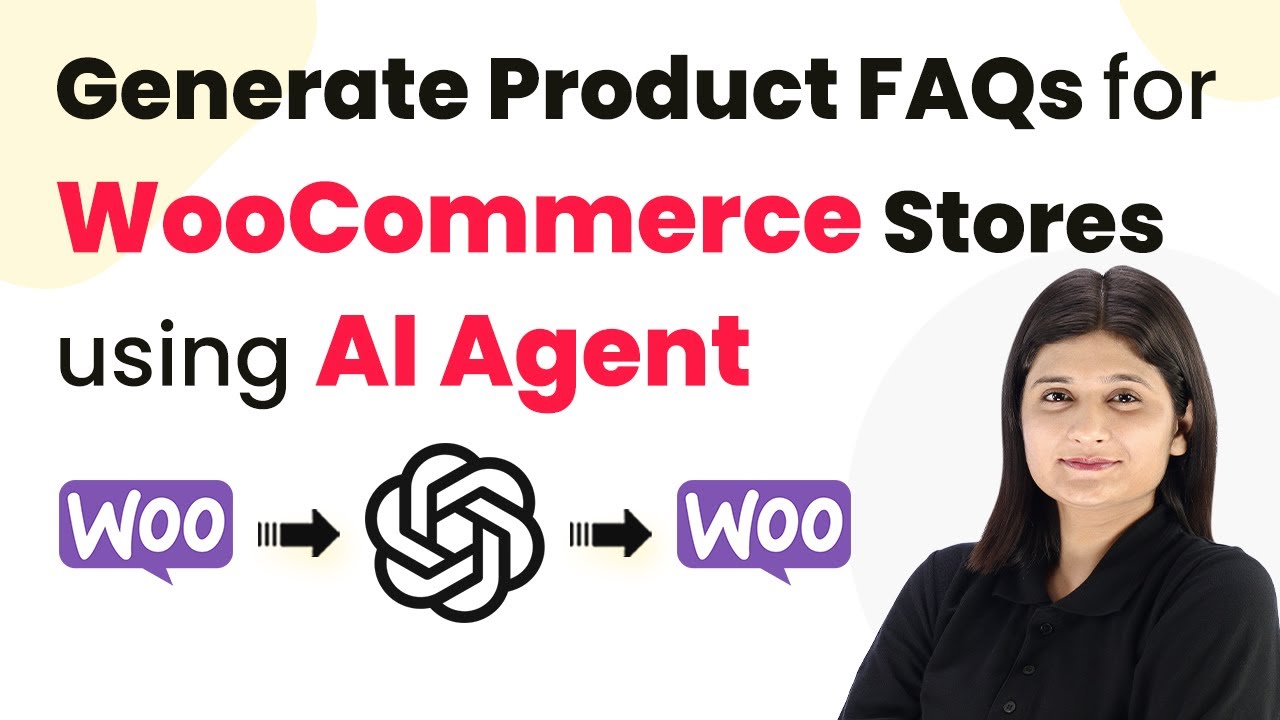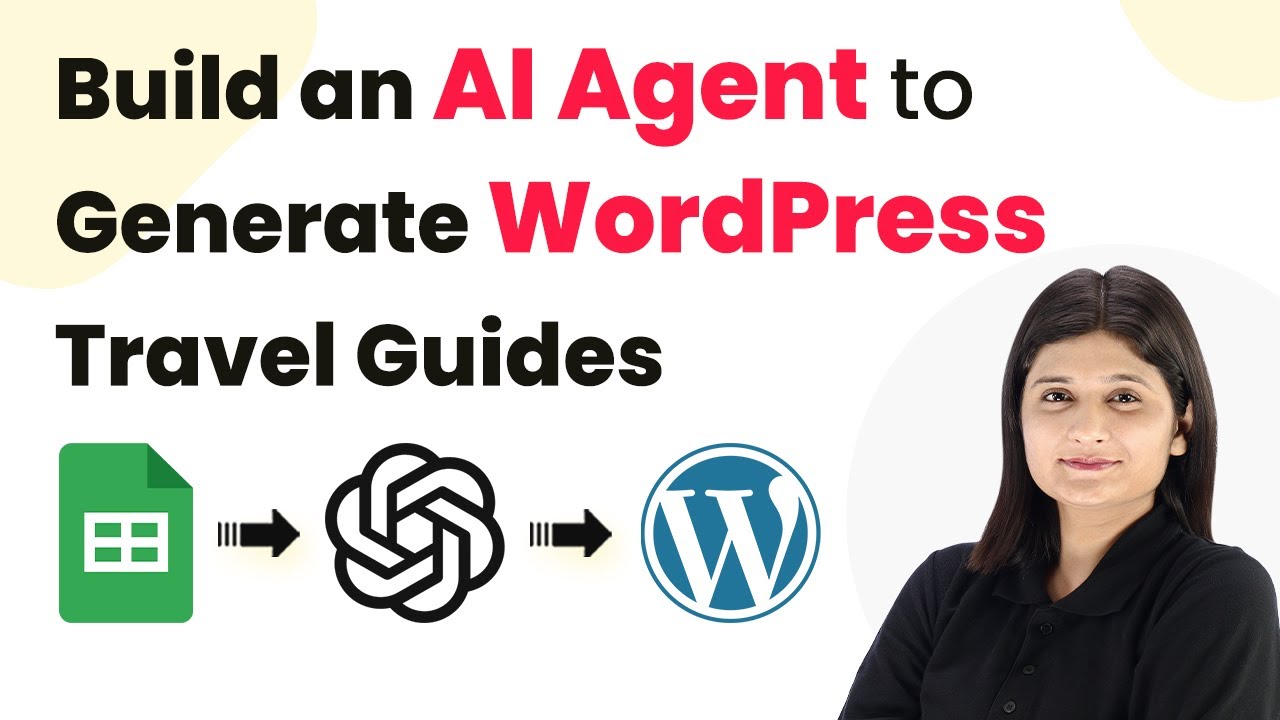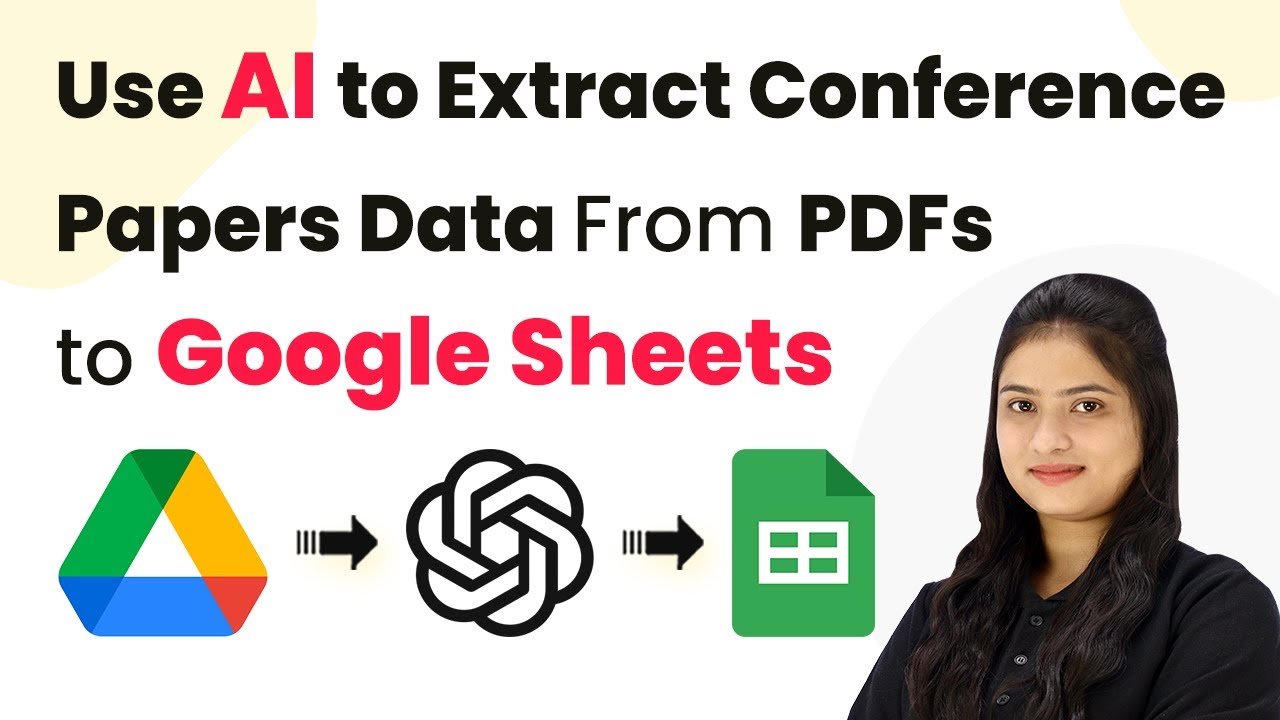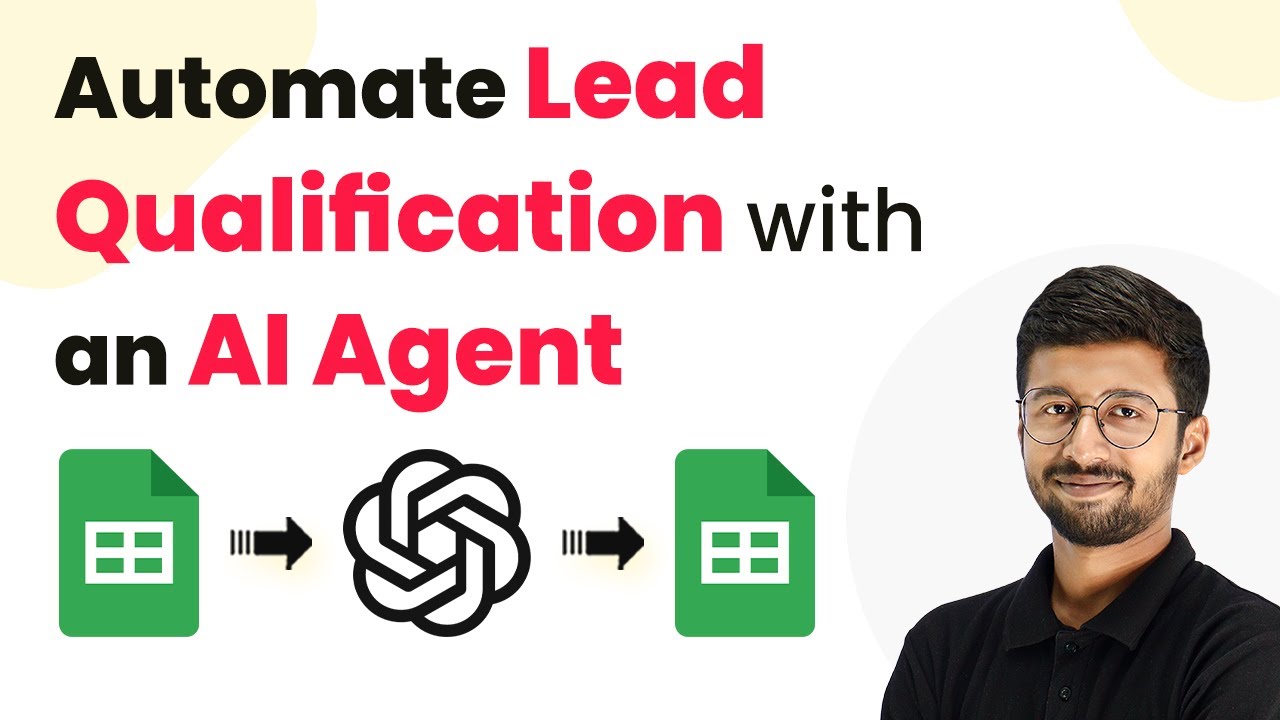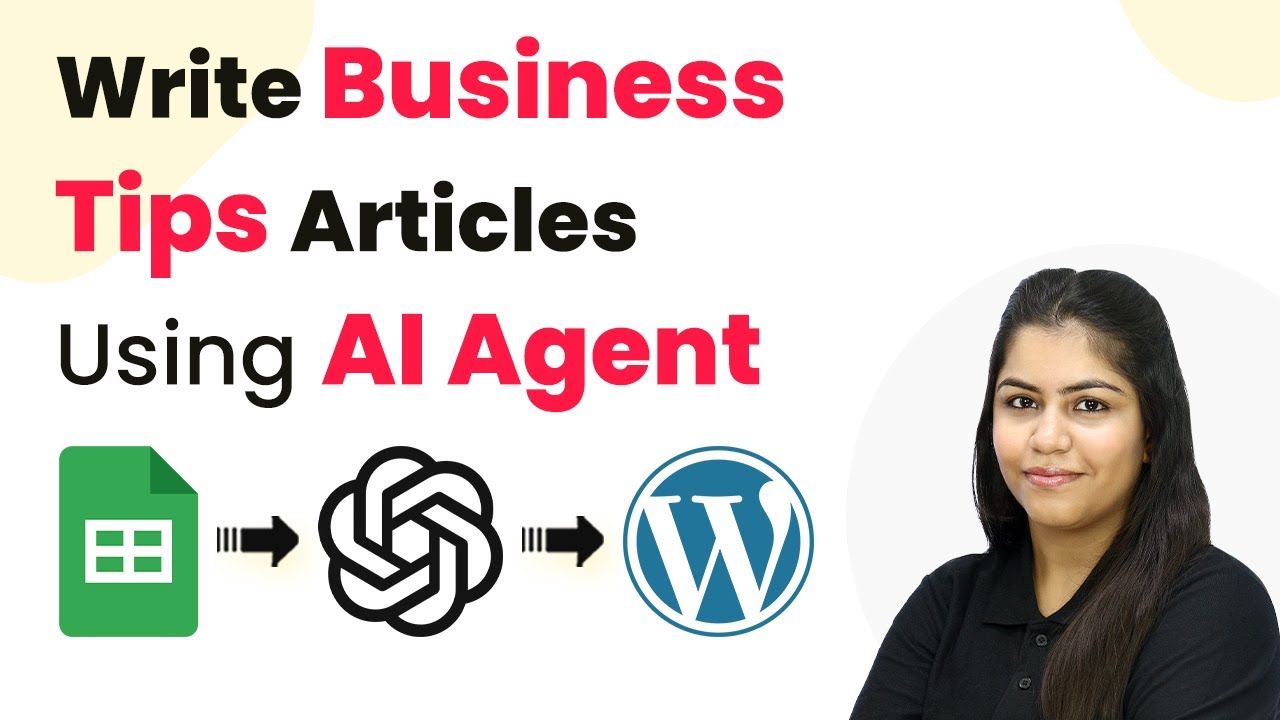Learn how to auto-generate social media calendars using Pabbly Connect, Google Sheets, and AI Agent. Streamline your content planning effortlessly! Master proven automation processes with practical implementation examples and strategic recommendations you can apply immediately in your workflow.
Watch Step By Step Video Tutorial Below
1. Accessing Pabbly Connect for Automation
To auto-generate social media calendars using Pabbly Connect, the first step is to access the platform. Start by visiting the Pabbly Connect website at pabby.com/connect. Here, you will find options to sign in or sign up for free, which allows you to explore the features.
Once logged in, navigate to your dashboard where you can create a new workflow. Click on the ‘Create Workflow’ button, and you will be prompted to name your workflow. For this tutorial, name it ‘How to Auto-generate Social Media Calendars Using an AI Agent’ and select a folder for saving.
2. Setting Up the Trigger with Google Sheets
The next step involves setting up a trigger using Google Sheets within Pabbly Connect. Select Google Sheets as your trigger application and choose the event as ‘New or Updated Spreadsheet Row’. This action will initiate the workflow whenever a new row is added.
- Select Google Sheets as the trigger application.
- Choose ‘New or Updated Spreadsheet Row’ as the trigger event.
- Copy the provided webhook URL for integration.
After copying the webhook URL, open your Google Sheets account. Go to Extensions, then Add-ons, and select ‘Get Add-ons’ to install the Pabbly Connect Webhooks extension. After installation, refresh your spreadsheet to access the Pabbly Connect Webhooks option from the Extensions menu.
3. Configuring the Webhook in Google Sheets
With the Pabbly Connect Webhooks extension installed, you can now configure the webhook. Open the initial setup of the Pabbly Connect Webhooks and paste the copied webhook URL. Specify the trigger column, which will send the entire row data when a new entry is made.
- Paste the webhook URL in the setup.
- Set the trigger column to ‘D’ for final data.
- Submit the setup to configure successfully.
After submitting, your Google Sheets will be connected to Pabbly Connect. Ensure to enable the ‘Send on Event’ option in the Pabbly Connect Webhooks menu to capture any new submissions. This step is crucial for the workflow to function correctly.
4. Setting Up the Action with OpenAI
Now that the trigger is set, the next step is to configure the action using OpenAI within Pabbly Connect. Select OpenAI as your action application and choose the action event as ‘Chat GPT’. If you haven’t connected your OpenAI account yet, click on ‘Add a New Connection’ and enter your OpenAI API key.
To obtain your API key, visit the OpenAI API key page and create a new secret key. Copy this key and paste it into Pabbly Connect. Once connected, select the AI model as GPT-4 and enter your prompt for generating social media content.
5. Finalizing the Workflow and Testing
The final step involves mapping the dynamic data from Google Sheets to the OpenAI prompt in Pabbly Connect. Map the topic, platform, and objective fields to enable automatic generation of post ideas and captions.
After mapping, save and send the request to generate the content. Once the AI generates the post ID and caption, add another action step to update the Google Sheets with these details. Select Google Sheets again, choose ‘Update Row’ as the action event, and map the post ID and caption accordingly.
With this setup, every time you add a new row in Google Sheets, the AI agent will automatically generate the content, and it will be updated back into your spreadsheet. This automation allows you to streamline your social media content planning efficiently.
Conclusion
In this tutorial, we explored how to use Pabbly Connect to auto-generate social media calendars using Google Sheets and an AI agent. By following these steps, you can enhance your content planning process effortlessly.
Ensure you check out Pabbly Connect to create business automation workflows and reduce manual tasks. Pabbly Connect currently offer integration with 2,000+ applications.
- Check out Pabbly Connect – Automate your business workflows effortlessly!
- Sign Up Free – Start your journey with ease!
- 10,000+ Video Tutorials – Learn step by step!
- Join Pabbly Facebook Group – Connect with 21,000+ like minded people!
